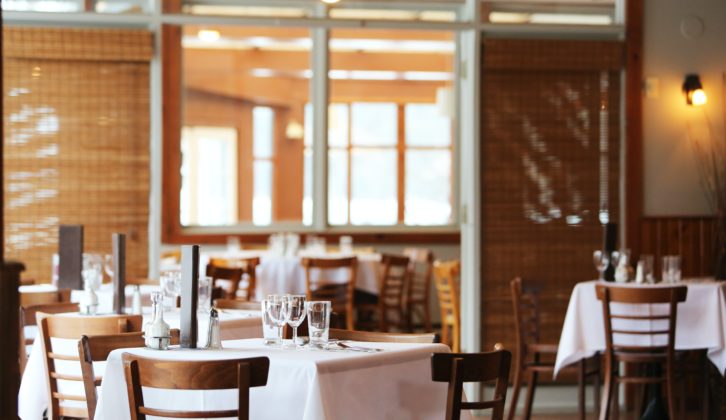BY SAMANTHA DES JARDINS
Source: corp.smartbrief.com, March 2022
Sign up for Restaurant SmartBrief today, free.
It’s been a very long two years. However, as average daily COVID-19 case numbers continue to decline in the US, consumers in a recent Datassential survey suggest that they’re ready to move out of crisis mode and get back to business, which for the restaurant industry, means the start of a new normal after two years of near-constant pivots, challenges and anxiety.
In fact, more than 70% of Americans believe the worst of the pandemic is behind us, according to Datassential, a rapid reversal from earlier this year at the height of the Omicron wave when a slim majority of consumers thought the worst was to come.
Further, 43% of people now have no concerns about dining out — an extremely positive sign that restaurants and bars could fill up just as the weather gets warm in most of the country. Men and younger consumers are leading those comeback efforts, with generally less concern than other consumer groups.
But lunch business will likely remain a tough sell for consumers, two-thirds of whom have not returned to an office and say they prefer to stay working from home at least some of the time. Only 23% of consumers said they would like to return to an office full-time.
When considering whether to order out or dine in, the importance of value has gained momentum as economic concerns mount. Value and cleanliness, two top priorities for consumers during the pandemic, will likely remain key considerations growing forward as some consumers are still a bit nervous resuming their normal dining out habits.
Some sanitary practices, particularly seeing employees clean tables and wear appropriate PPE like gloves and face masks, will still be appreciated by consumers as more than performative, Datassential said.
Many consumers also want to see food safety investments over the long term, but not nearly as many as during previous points along the two years of the pandemic.
In general, consumers are less fearful of visiting many foodservice venues, like buffets or salad bars and also feel more comfortable sitting at a bar or pub. Consumers perceive crowded or self-service venues to pose the bigger relative risk for COVID.
In all, 40% of consumers said they have resumed dining out the way they did before the coronavirus crisis.
But economic concerns will remain top-of-mind for consumers, which could prevent more from venturing into restaurants just yet. As economic concerns grew in the last several months, they overtook COVID concerns for the first time since the pandemic began: 56% of consumers now fear an economic crisis, compared with 44% who fear a prolonged or new public-health crisis. Those pocketbook issues are especially important as compared with COVID concerns for men, millennials and Gen Xers.
And no matter how the virus spreads in the future, many consumers say there have been lifelong changes to their lives, personally and at work. One in six consumers said they believe their careers and their health are changed forever.
Related stories:
- Wine subscriptions maintain consumer interest
- Global flavors are hitting US menus in a big way
- Cooking today: Ideal meal aspirations and challenges
Samantha Des Jardins is a writer for Datassential, a food industry market research and insights firm.
________________________________________________
If you liked this article, sign up for SmartBrief’s free email newsletter from the National Restaurant Association. It’s among SmartBrief’s more than 250 industry-focused newsletters.

